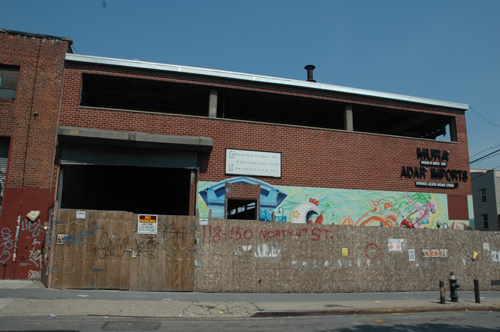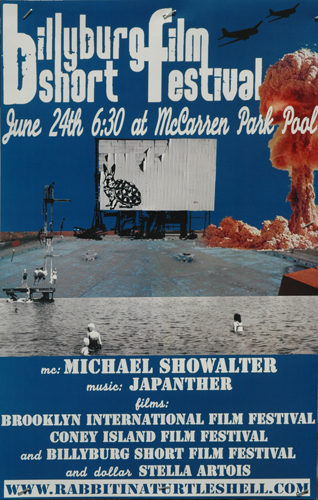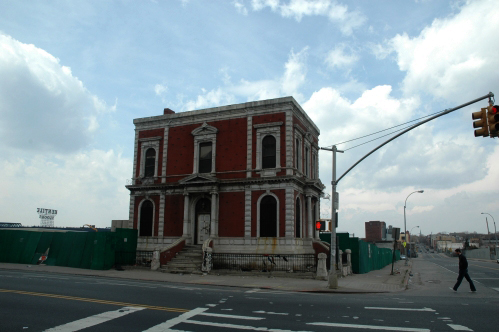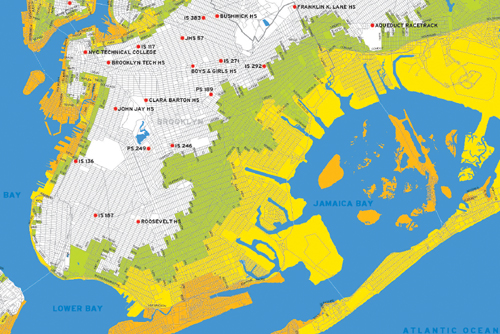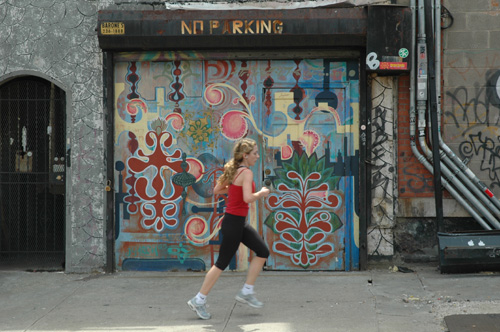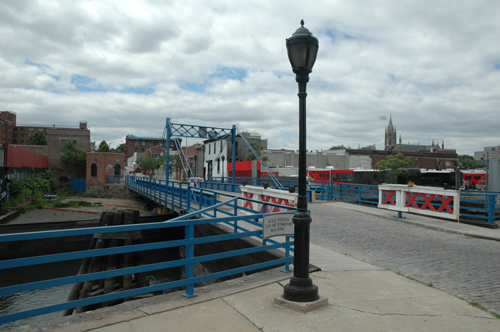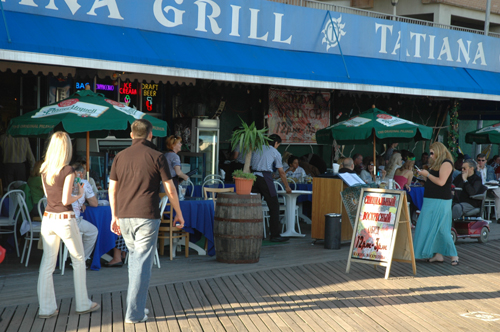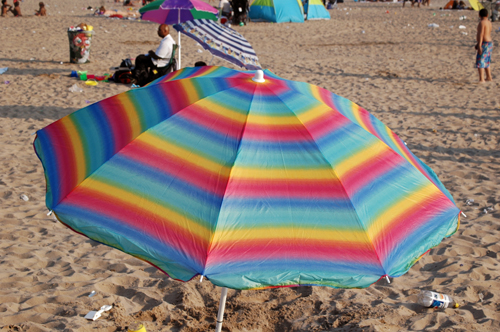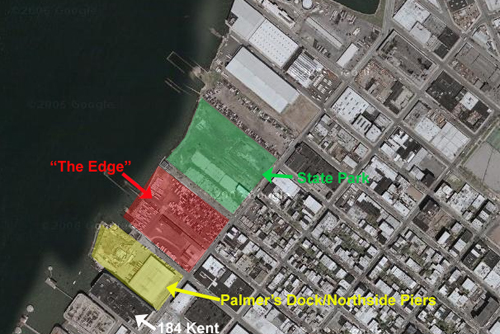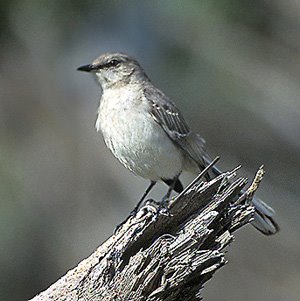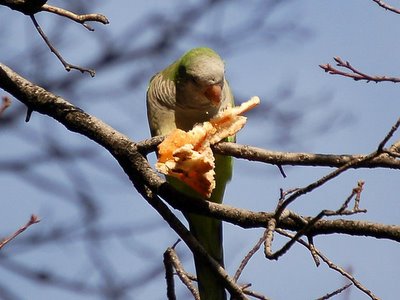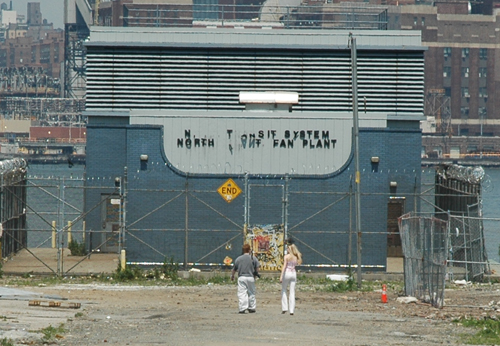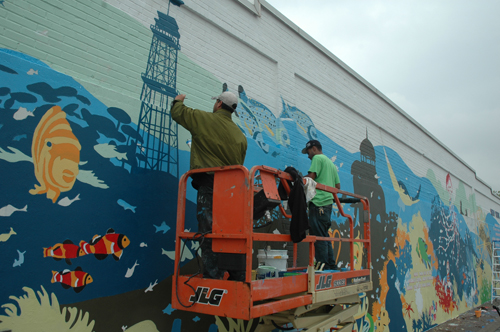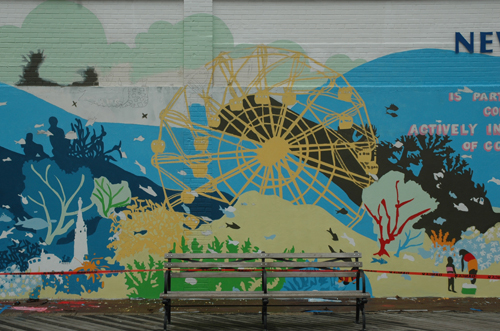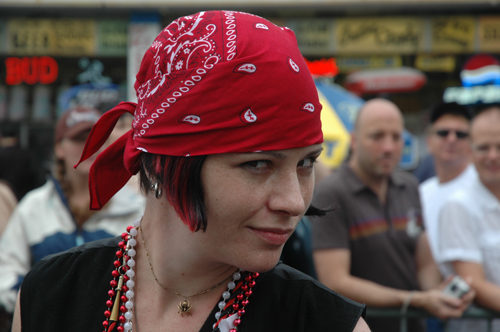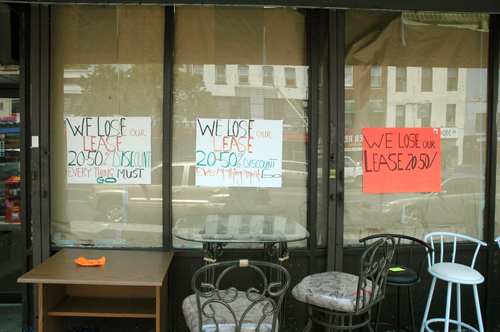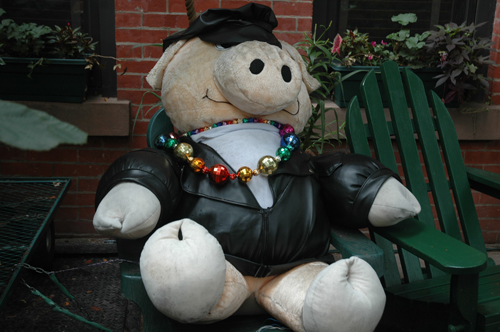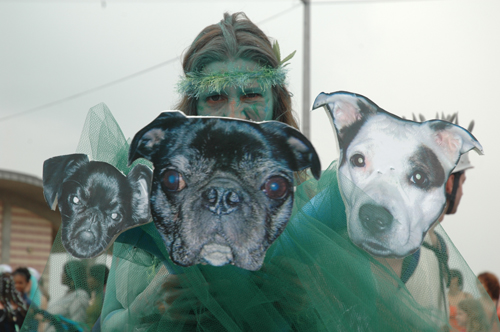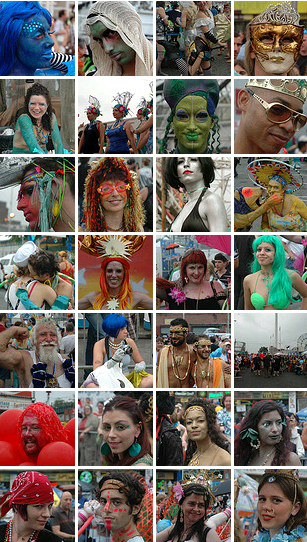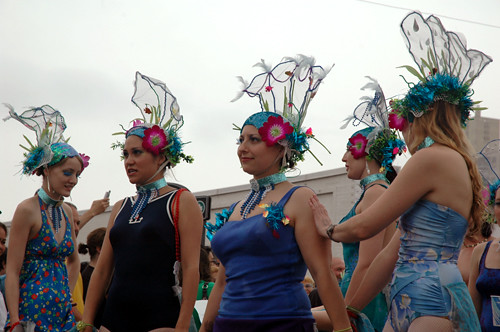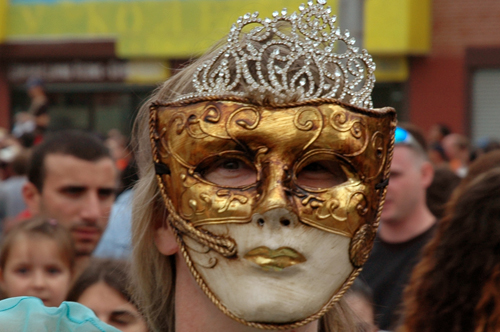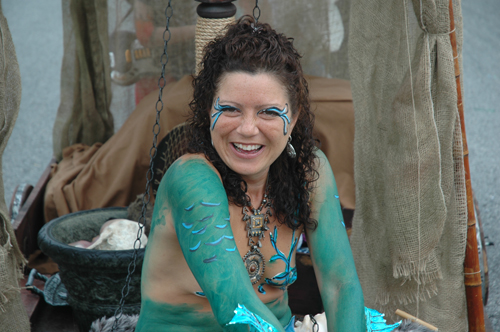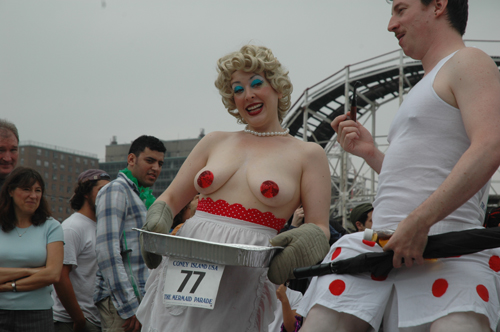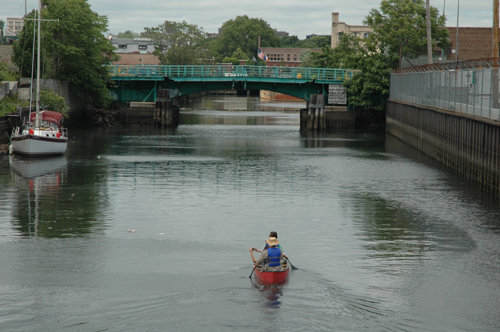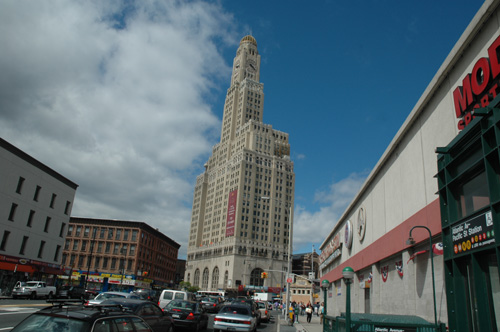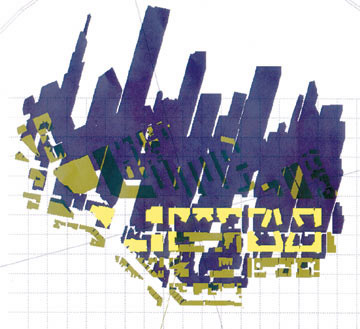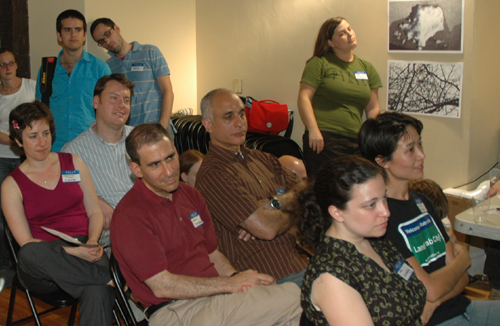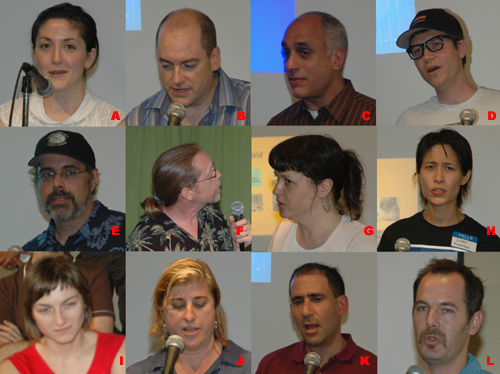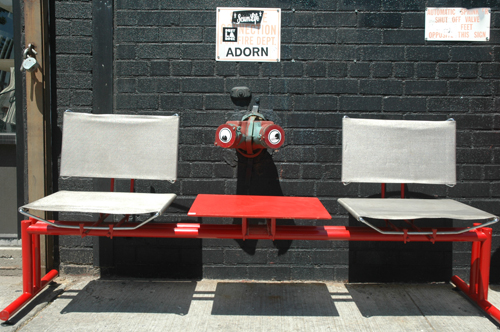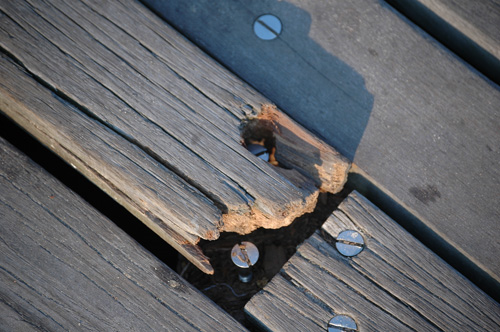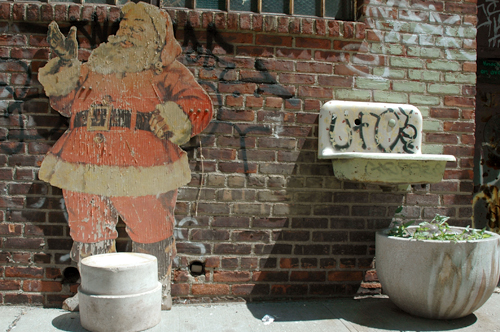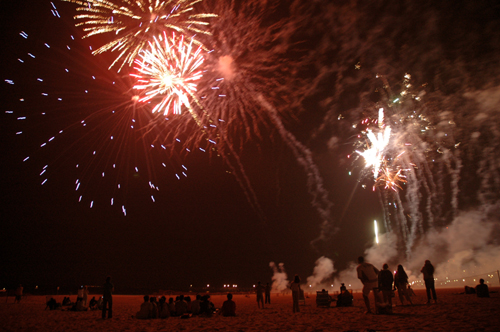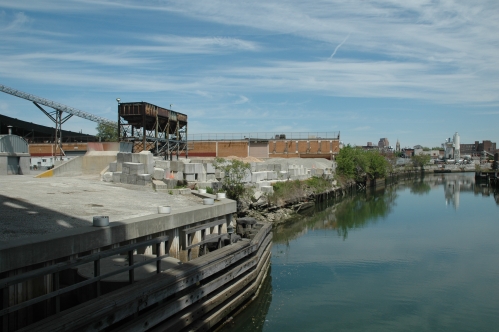
Call Gowanus green, at least, if the vision presented last night by the
Gowanus Canal Community Development Corporation pulls any weight. The GCCDC's updated plan for Gowanus, which was unveiled at a meeting at St. Agnes Parish Hall on Sackett Street, divides the neighborhood into South, North and Hinge zones. The
South Zone would lean heavily on industry, with a new emphasis on business producing environmentally-friendly products in green facililities. The
North Zone would include a mix of residential, light industrial and retail uses. The
Hinge Zone, around the Smith and Ninth subway station, would include parks, housing and retail.
The plan envisions a "green" future for Gowanus that includes a cleanup of the still heavily-polluted canal, green residential and commercial architecture and efforts to develop businesses that produce environmentally-friendly products. "We want to market Gowanus as a green zone," said Bill Donohoe, who presented the plan. "We want to make something special out of Gowanus."
The entire plan runs to 120 pages and is too complicated to dissect here in one piece--so we'll be following up. Suffice to say that it emphasizes public access to the canal, with pedestrian and bicycle paths and, even, new pedestrian bridges that would connect streets on the canal's east and west banks. It also features numerous parks--at least one of which would be developed on the Keyspan site near the Smith and Ninth subway station, once an environmental clean up happens. (It would also suggest moving at least one of the concrete businesses currently on the canal.) The
GCCDC even goes so far as to imagine approaching the MTA to allow a restaurant at the Smith and Ninth Street stop (the highest in the system and one that affords excellent views of Brooklyn and Manhattan). The updated plan--which will continue to be the subject of community discussion and revision--will be available on the
GCCDC website soon.
Real power in determining Gowanus' future, of course, rests with city planners, those who will redo zoning regulations in the area, designs that developers have on land they are already stockpiling and public and private entities that will have to finance community-oriented projects. "If you sell the idea of Gowanus as a green community and it begins to happen, people will believe in it," Mr. Donohoe said.
GCCDC chair
Michael Ingui also announced the creation of a
Gowanus Canal Conservancy that will work to promote public access to the canal and promote efforts to clean it up. The conservancy will be modeled on those that exist for Central Park, Prospect Park and other NYC parks. "Our aim is to create a clean canal," Mr. Ingui said. A "Water Quality Summit" is planned for the fall.
There is much more to consume and relate about all of this, so Gowanus Lounge will be returning to it often. For now, we'll simply say that the plan presents an
exciting vision of the neighborhood's future and we
hope that it will influence the government decisions that will determine Gowanus' future.


